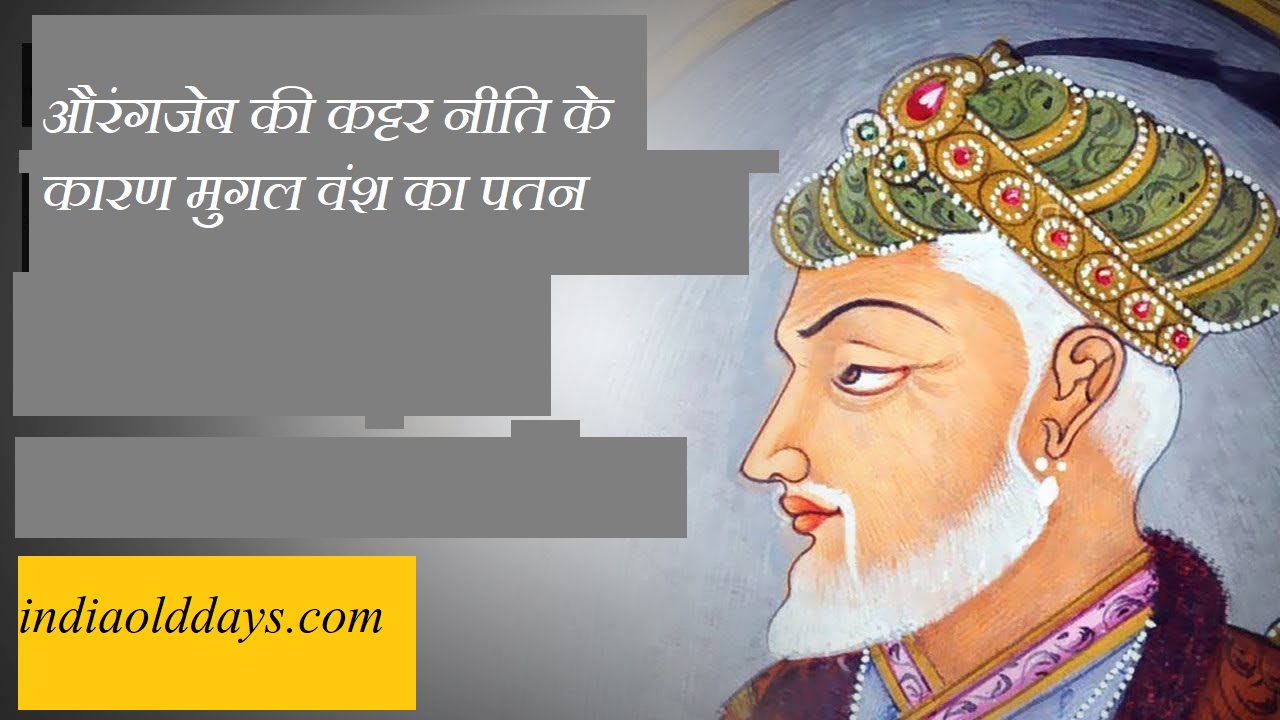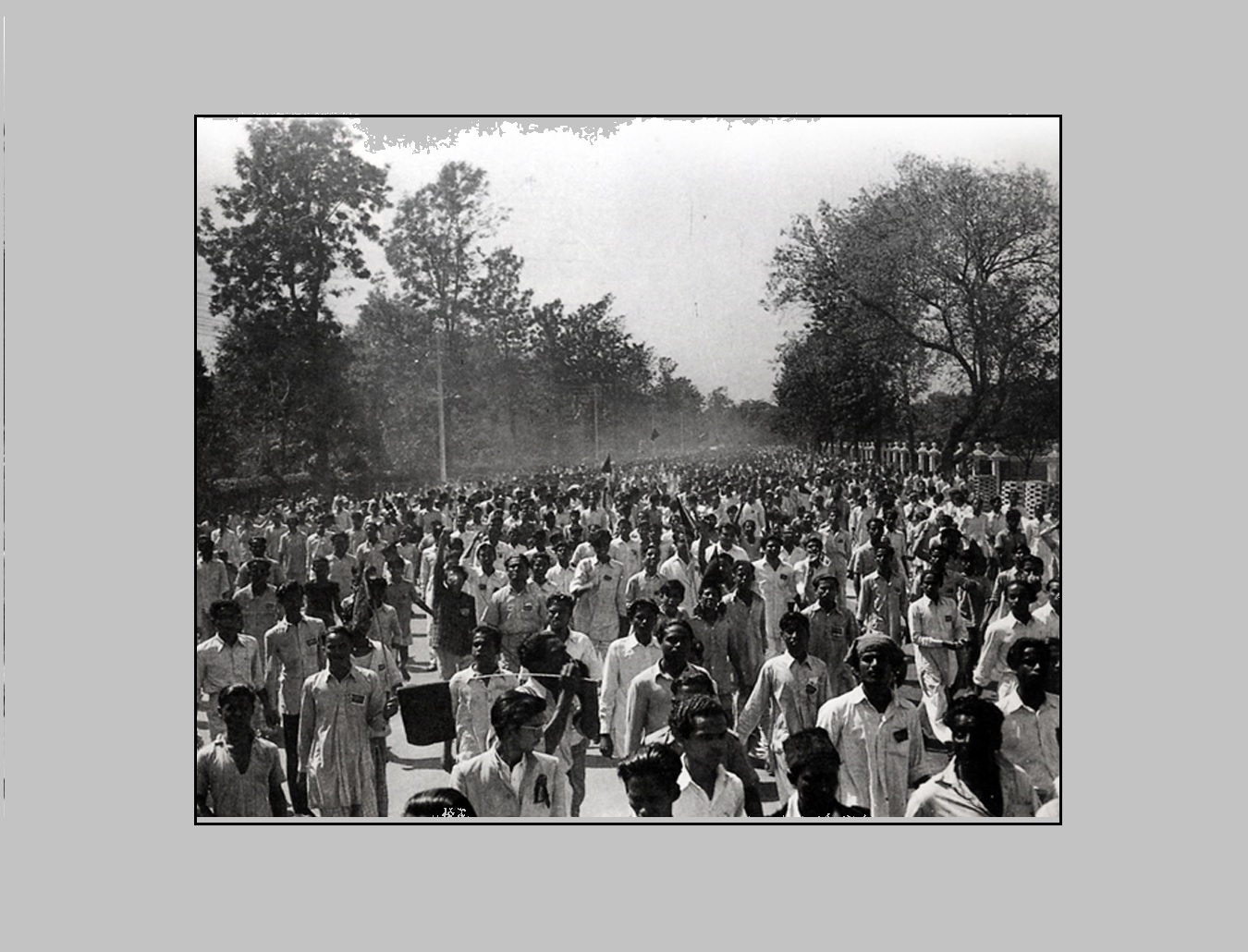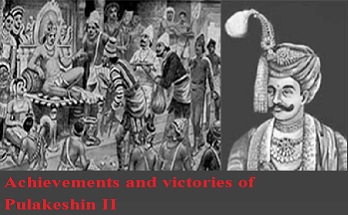Modern India : What were the reasons for the collapse of the Mughal empire?

Other related facts-
- History of Mughal ruler Humayun
- Founder of Mughal dynasty: Babur (1526-1530)
- Who was Sher Shah Suri
- Sher Shah Carine Administration
March 3, 1707 AD After the death of Aurangzeb in Ahmadnagar, a new era of Indian history is revealed, which is progressively known as the Mughal period. In the era of the Mughal empire, in which the royal durbar’s rich mercenary, decoration of women and wealth of wealthy merchants, developed handicrafts and magnificent buildings such as the Taj Mahal had dazzled the world, with the death of Aurangzeb Finished.
The fall of the Mughal Empire is an extremely important event in Indian history. This incident puts the foundation of modern India by ending medieval India. There is a debate about the reasons for the fall of the Mughal Empire in historians.
Regarding the reasons for the decline, historians are divided into two groups, which are as follows:
Ekagut, which includes historians such as Yadunath Sarkar, SR Sharma and Liver Bridge, believe that Aurangzeb is responsible for the collapse of the Mughal empire due to its policies – religious, Rajput, Deccan etc.
The other factions, which include Satish Chandra, Irfan Habib, Atar Ali, Sheerin Moosvi, have found the seed of the Mughal empire in broad terms, only during Babar’s reign, these historians have found the fall of the Mughal Empire as a long-term process The result of is considered.
The reasons for the fall of the Mughal Empire are summarized as follows:
Aurangzeb destroyed a large amount of money and people on his Deccan’s military operations, as well as due to the engagement of the Deccan military operations, he could not pay attention to the North India which, in due course, caused the fall of the Mughal Empire.
Aurangzeb was deprived of the allegiance of Rajputs by his Rajput policy, he could not get the service of Rajput Rabankans who had ever brought the glory of the Mughal empire to prosperity.
The rising influence of Umracharges in the Mughal court and the image of the ruler of his ruler is also responsible for the fall of the Mughal empire.
The absence of a stable central administration for the vast Mughal empire also led to the collapse of the empire.
Aurangzeb’s religious intolerance policy ended the secular image of Akbar, Jahangir, Shah Jahan Aurangzeb reverted Jijia and ordered to break the temples, gave a wrong direction to Akbar’s religious tolerance policy, resulting in the Mughal Empire reaching the bottom of the collapse.
For the fall of the Mughal Empire, the extent to which Nadir Shah, the invasion of Ahmed Shah, and the arrival of European companies can also be attributed.
In the 52 years after the death of Aurangzeb, 8 emperors empowered Delhi’s throne. After Aurangzeb’s death, there was a war for succession of his sons Muazzam, Muhammad Aazam and Muhammad Kambakhsh.
Important line from which one question is asked in any examination – Her son Shahjada Akbar, the strongest (most) opponent of Aurangzeb’s policies had already been killed. At the time of the death of Aurangzeb, there were 21 provinces in the Mughal Empire, in which Muazzam Kabul, Azam Gujarat and Kambakhsh were the bigha of Bijapur. Jazau in June, 1707 AD In the battle fought, the forces of Muazzam defeated Azam and paved the way for the Mughal throne to take over.
In 1707 CE, sitting on the Takht of Delhi with the title of Muazzam Bahadur Shah I
Reference : https://www.indiaolddays.com/




